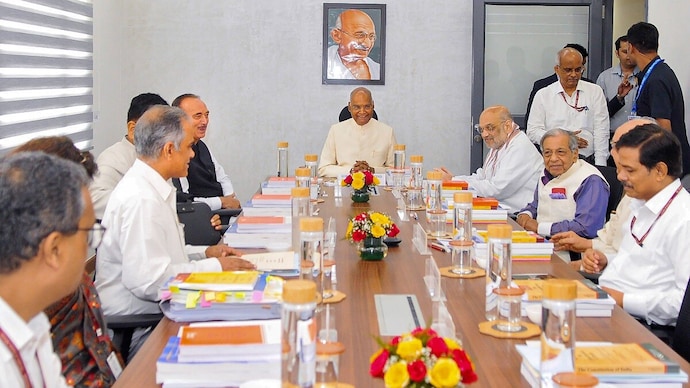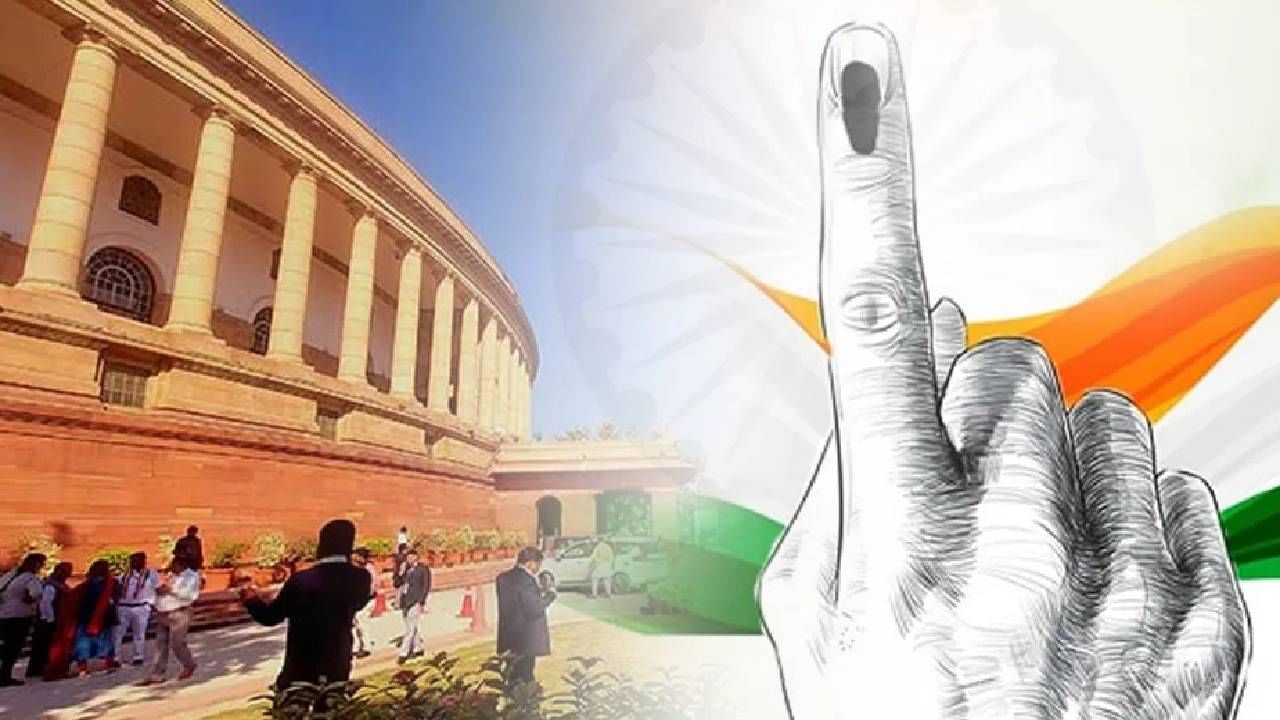‘One Nation, One Election’, the possible future of India’s politics has taken a step forward as the Law Commission is likely to meet with former President Ram Nath Kovind’s panel. According to the sources, the Law Commission, chaired by Justice Ritu Raj Awasthi, finalised its report on one nation, one election plan earlier this month. In the meeting with the Kovind panel, it is expected to back the idea of holding simultaneous polls and suggest timelines for upcoming election cycles. The Ram Nath Kovind panel was formed by the Central Government on September 2, first meeting was held on 23rd September. The meeting was graced by recognised national and regional political parties, parties with state governments and those having their representatives in Parliament to give their valuable opinions. The committee, which includes Union Home Minister Amit Shah and Law Minister Arjun Ram Meghwal, also decided to “invite the Law Commission of India to make its viewpoints on the issue of simultaneous elections in the country”, the Law Ministry said. Prime Minister Modi, always admired the concept of ‘One Nation, One Election’. It was also included in the BJP election manifestos of 2014 and 2019.

The former President Ram Nath Kovind, Amit Shah, Ghulam Nabi Azad and others during the first meeting on One Nation, One Election. (Image: PTI)
What is behind the idea of ‘One Nation, One Election’?
The central idea behind One Nation, One Election is to synchronise the timing of Lok Sabha and State Assembly elections across all States to reduce the frequency of polls throughout the country. This concept was the practice till 1967, but it was disrupted due to various reasons such as defections, dismissals, and dissolutions of government.

What are the benefits of following ‘One Nation, One Election’?
Under ONOE the government can focus entirely once the elections are completed. Currently, there are always some kind of elections going on in some part of the country which technically disturbs the governance. The biggest drawback is if there are elections going on, it hurdles the policy making and sessions of Parliament. From the Prime Minister to Union ministers, from chief ministers to ministers to MPs, MLAs and panchayat members— everyone gets deeply involved with these elections, as nobody wants to lose.
The cost of elections in India are the highest when compared to rest of the world. Last Lok Sabha elections costed around Rs 60,000 crores. Election expenses of political parties can be reduced drastically if elections are held simultaneously. There would be no duplication of fundraising. This would save the public and business community from a lot of pressure for election donations, multiple times. The election money will drastically drop if the elections are held simultaneously, as instead of repetitive expense ONOE makes it one-time expense only. Along with this, the expense of freebies and other incentives given to the public will eventually stop and the load of such expenses will reduce for the State Treasury.
What are the Challenges with ‘One Nation, One Election’?
Article 83(2) and 172 of the Constitution stipulates that the tenure of Lok Sabha and State Assemblies respectively will last for five years unless dissolved earlier and there can be circumstances, as in Article 356, wherein assemblies can be dissolved earlier. Therefore, the ONOE plan raises serious questions:
What would happen if the Central or State government collapses mid-tenure? Would elections be held again in every State or will the President’s rule be imposed?
Next up, is the challenge of availability everywhere. Under, ONOE the elections will be contested all over the country. Election Commission (EC) comes under a lot of pressure to ensure the fair and safe process of elections through out the nation.
There is economic research to suggest that such election spending by parties and candidates actually benefits the economy and the government’s tax revenues by boosting private consumption and serving as a stimulus. Maybe the election expenses aren’t always bad.
The bigger drawback of ONOE among all is the interest of citizens who vote for a candidate who can resolve their issues. A 2015 study by the IDFC Institute found “a 77% chance that the winning political party or alliance will win both the Lok Sabha and Assembly elections in that state when held simultaneously”. – undermining the distinctive demand and needs of each state.
There is only but one question, does our country truly need “ONOE”? The exact answer to this question remains confusing and uncertain even to date.
Thus, with the ongoing debate and challenges associated with it, it remains to be seen whether the idea of ‘One Nation, One Election’ will be implemented in India or not.













